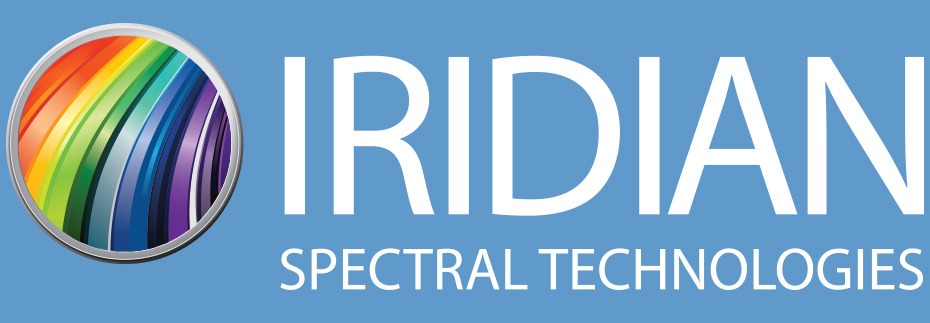The Internet of Things (IoT) is now commonplace everywhere, from households to industrial settings, enabling “smart” device behavior. A smart device uses sensors to change its behavior due to an environmental factor or from information provided by particular data analysis. Smart heating and lighting systems have massive potential to reduce waste, offer better building efficiencies, and improve quality control in manufacturing.1
Optical filters are optical components designed to prevent the transmission of unwanted optical frequencies. There are several different types of optical filter, ranging from bandpass filters, etalon filters, notch filters and many more.
Optical filter design is critical to ensuring optimal performance for datacoms and IoT applications. Some key considerations are passband range, thus, what frequencies need to be passed or blocked; what level of contrast between blocked and unblocked regions are required; and how sharp any filter window onsets need to be.
Some of the considerations for optical components in datacoms applications include compactness, preservation of data integrity and considerations about the bandwidth that needs to be transmitted. IoT applications demand a high degree of interconnectivity and so avoiding cross-talk between channels while maintaining high bandwidth communication is essential.
Optical filters are one way of achieving optimal performance in datacomms applications and a vital way of helping filter the output of fibers, so only the correct frequencies are detected. Using optical filters helps reduce the noise on measurements and ensures only the desired signal is detected.
The Role Optical Filters Play in IoT
Achieving real-time data monitoring and analytics to take full advantage of the efficiency savings offered by IoT technologies means transferring and processing large data streams rapidly. The complexity of this problem and the technological demands also increase with the number of devices that are interconnected. For complex operations such as production lines, many sensors and feedback systems often need to be integrated into the IoT system, making a particularly challenging use case.
Data integrity, bandwidth capability, and transfer speeds are at the heart of a highly connected IoT datacoms system. For local IoT installs with data centers and exchanges, transfer speeds are often the most crucial aspect for running truly real-time feedback.
Achieving such high performance in optical fiber systems for datacoms necessitates using a range of optical filters to shape the spectral information as required.
One of main technologies in datacoms and IoT interconnectivity is wavelength multiplexing where multiple signals are sent over multiple wavelength ranges in order to improve the amount of data that can be transferred. Depending on the density of channels, the wavelength spacings between channels can be very small so it is important the central wavelengths are well-maintained through the use of filters.
In wavelength division multiplexing, broadband optical filters are used to transmit only the selected wavelength channels of interest and their central frequency is tuned to the particular transmission channels. Typical frequency ranges include the O, C and L ranges. Compactness and form factor may also be a consideration for optical component design in highly congested data centers.
Contact us today to find out how our extensive expertise in creating custom optical filters can provide you with premium optical filter solutions for your application. Benefit from our expertise to find out how optical filters can enhance the performance from your IoT devices and help deliver unmatched performance and reliability.
References and Further Reading
- Jia, M., Komeily, A., Wang, Y., & Srinivasan, R. S. (2019). Adopting Internet of Things for the development of smart buildings : A review of enabling technologies and applications. Automation in Construction, 101(July 2018), 111–126. https://doi.org/10.1016/j.autcon.2019.01.023
